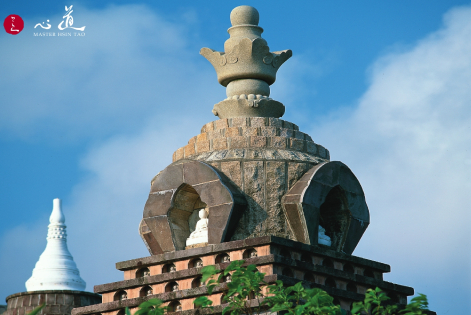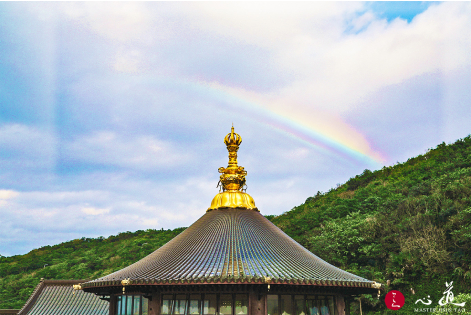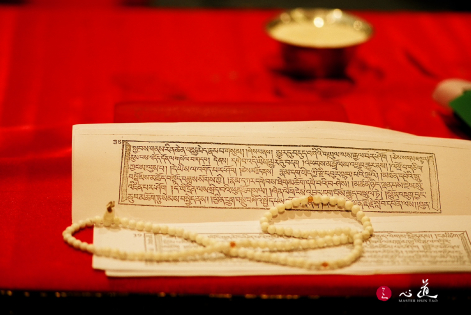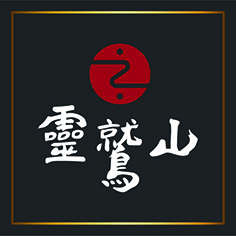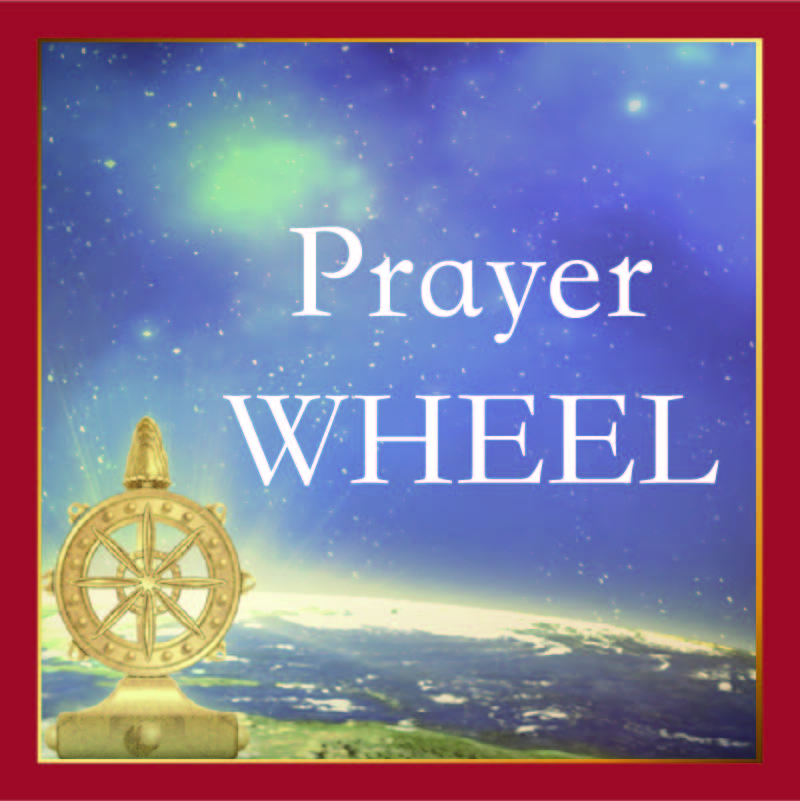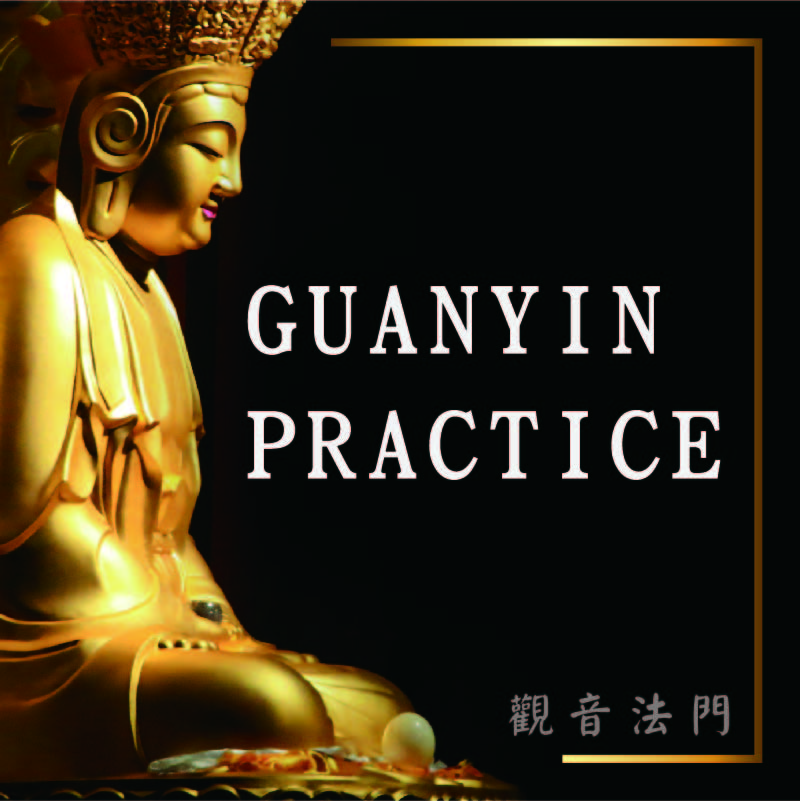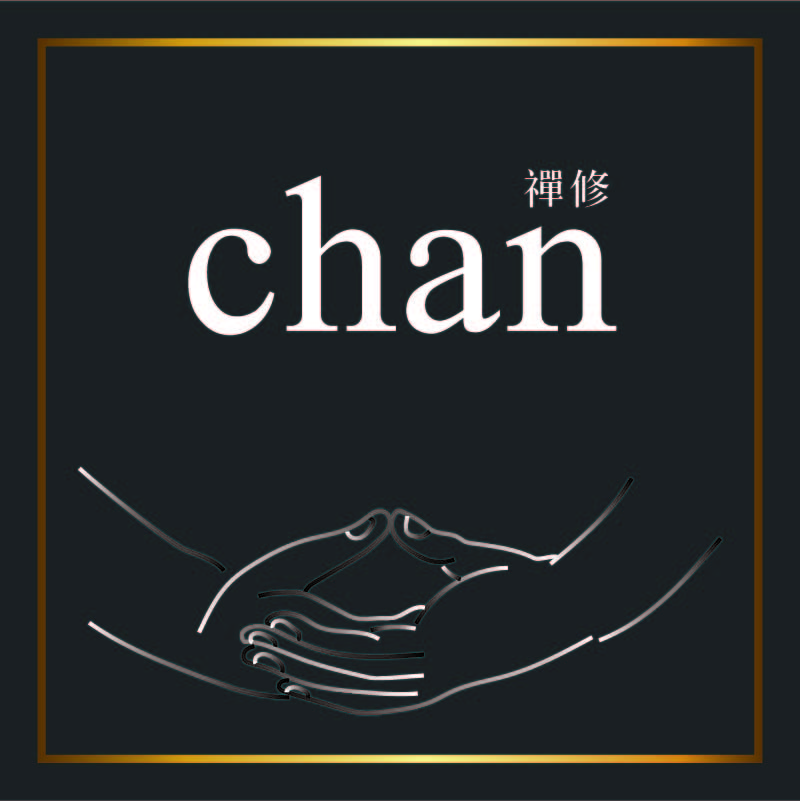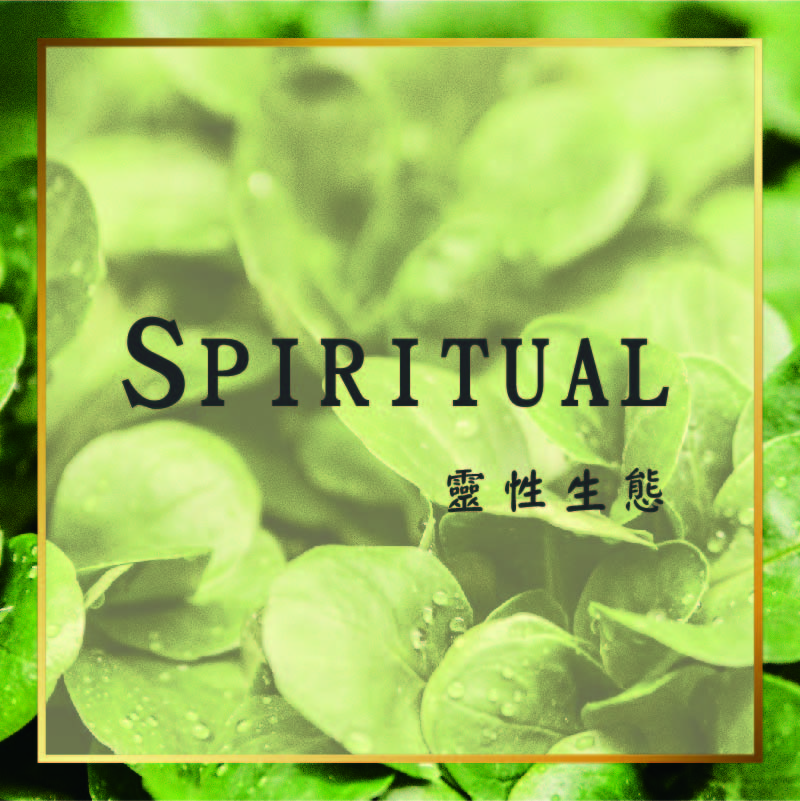
Decoding Karmic Memory
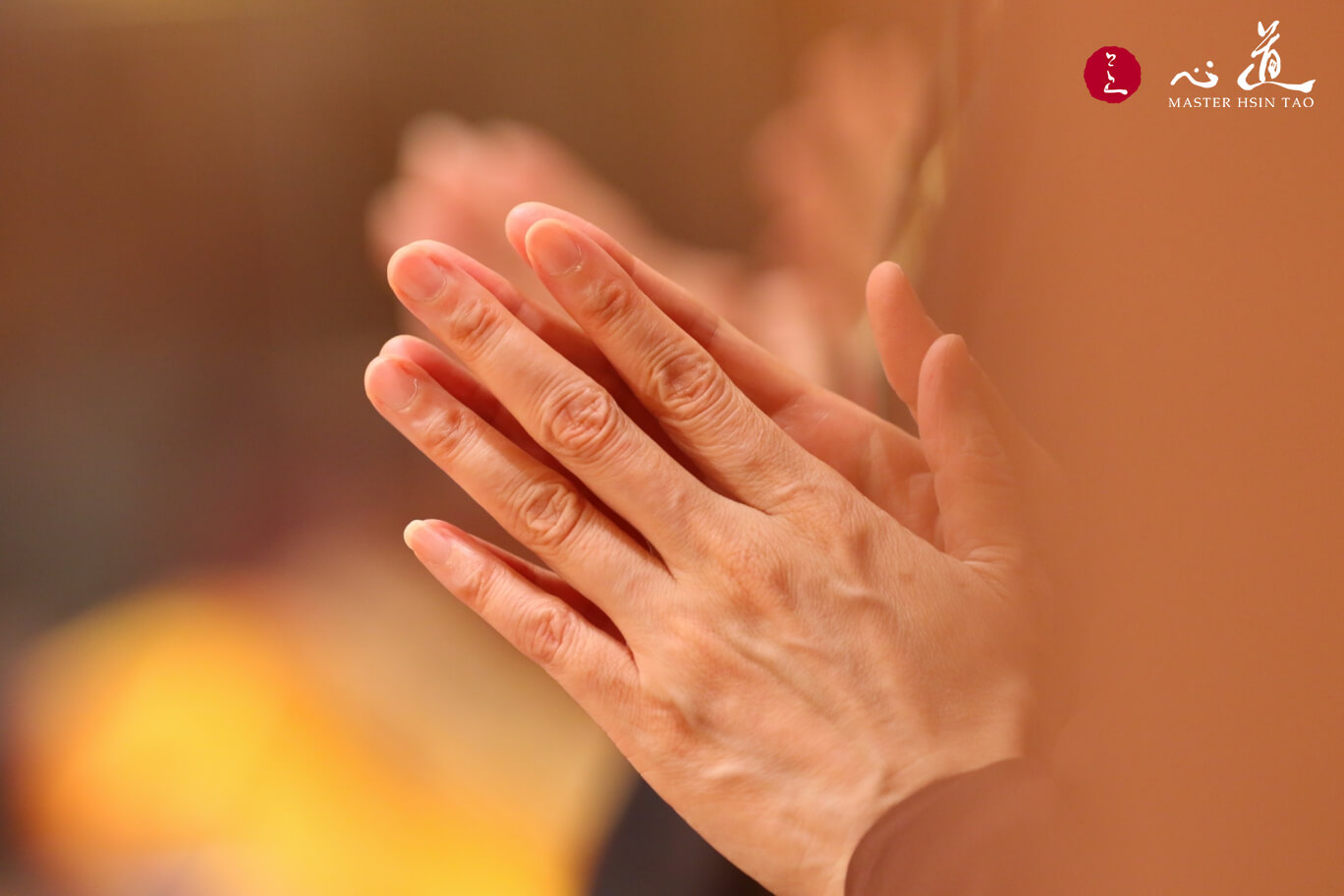 Every sentient being is the same in essence, only the “clothing” differs. What we perceive as form is merely an outer garment. We human beings wear the outer form of a human body, while animals take the forms of horses, pigs, insects, and so forth. Though these bodies differ in appearance, everyone tends to perceive themselves with a subjective awareness, or “sense of self.” In a sense, we are all under a kind of hypnosis, seeing ourselves only through the lens of our current appearance. Even the smallest creatures possess awareness, they instinctively protect their lives, are capable of forming emotional bonds, and can distinguish between those who treat them kindly and those who do not. They exhibit sensitivities much like human beings; it is only the outer form that varies. Reflecting on our many past lives, we have each been born as various types of sentient beings, and throughout these countless existences, we have created a matrix of relationships with others. Thus, it is imperative that our actions toward all life are guided by virtuous karma. We should strive to cultivate harmony and positive connections with all sentient beings, thereby laying the foundation for a fortunate life, favorable circumstances, virtuous karmic affinity, and the dynamic momentum for continued spiritual growth.
Every sentient being is the same in essence, only the “clothing” differs. What we perceive as form is merely an outer garment. We human beings wear the outer form of a human body, while animals take the forms of horses, pigs, insects, and so forth. Though these bodies differ in appearance, everyone tends to perceive themselves with a subjective awareness, or “sense of self.” In a sense, we are all under a kind of hypnosis, seeing ourselves only through the lens of our current appearance. Even the smallest creatures possess awareness, they instinctively protect their lives, are capable of forming emotional bonds, and can distinguish between those who treat them kindly and those who do not. They exhibit sensitivities much like human beings; it is only the outer form that varies. Reflecting on our many past lives, we have each been born as various types of sentient beings, and throughout these countless existences, we have created a matrix of relationships with others. Thus, it is imperative that our actions toward all life are guided by virtuous karma. We should strive to cultivate harmony and positive connections with all sentient beings, thereby laying the foundation for a fortunate life, favorable circumstances, virtuous karmic affinity, and the dynamic momentum for continued spiritual growth.
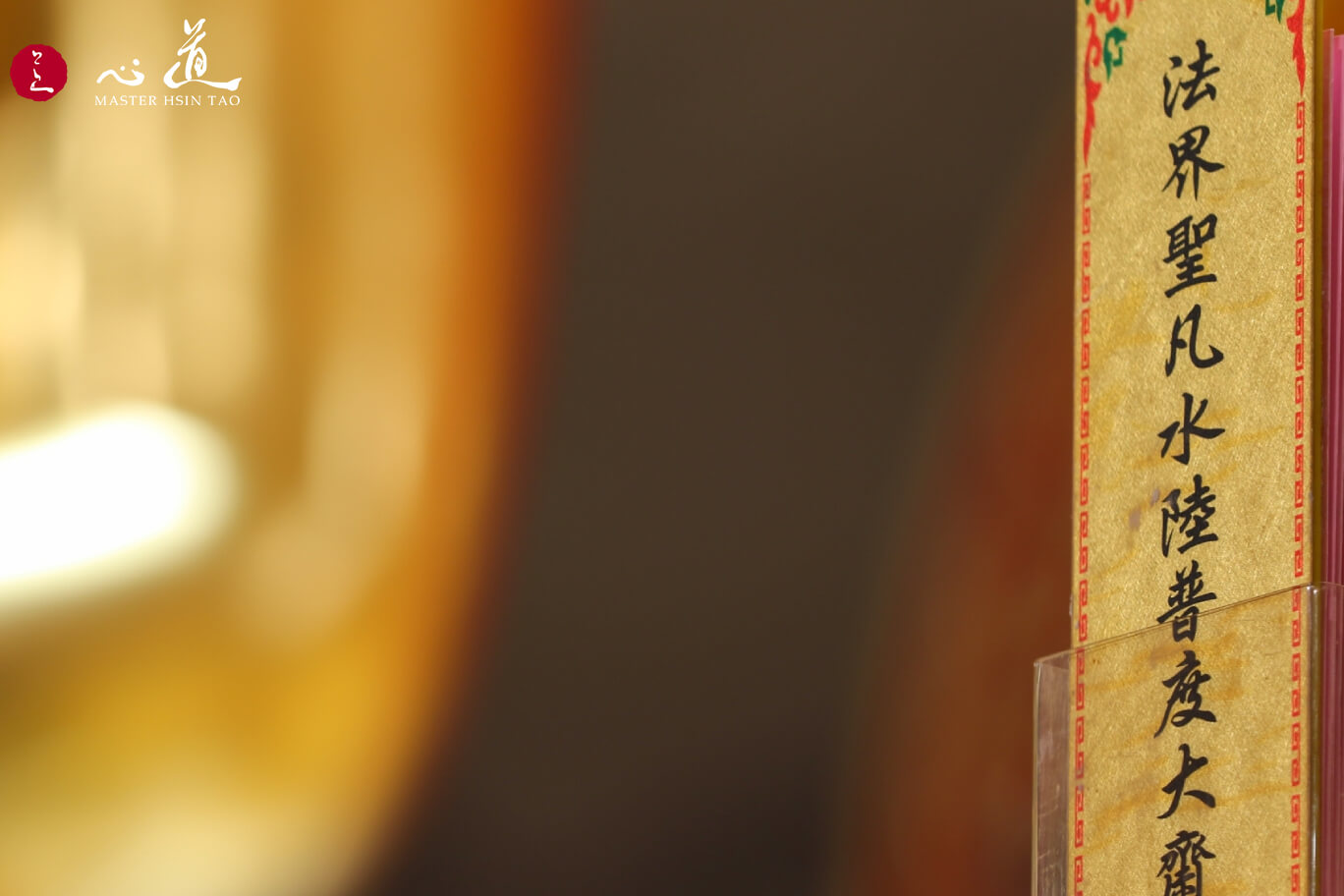 This is the underlying reason why, Ling Jiou Mountain holds the grand Water, Land, and Air Dharma Assembly every year. The assembly is a means of purifying and transforming the vast reservoir of negative karma—accumulated over millions of years—that lies buried within the subconscious, much like untapped reservoirs of crude oil or veins of gold. Throughout past lifetimes, the identities of our parents, siblings, and close companions have changed continually; some of these relations may have been harmonious, others antagonistic. Deep emotional entanglements, including hatred deriving from love, even acts of killing among kin, may remain unresolved. Within this cycle of karmic memory and existence, we refer to these beings as our “six kinds of close kin” and “ancestors of past generations.” To perform the ritual to liberate them is, in effect, to extend liberation to karmic creditors and adversaries. One may indeed feel a deep emotional resonance through this process. This is why the Dharma Assembly is also called “The Liberation of Ancestors and Karmic Creditors,” with its primary aim to unlock and decode the hidden layers of karmic memory lodged within our consciousness.
This is the underlying reason why, Ling Jiou Mountain holds the grand Water, Land, and Air Dharma Assembly every year. The assembly is a means of purifying and transforming the vast reservoir of negative karma—accumulated over millions of years—that lies buried within the subconscious, much like untapped reservoirs of crude oil or veins of gold. Throughout past lifetimes, the identities of our parents, siblings, and close companions have changed continually; some of these relations may have been harmonious, others antagonistic. Deep emotional entanglements, including hatred deriving from love, even acts of killing among kin, may remain unresolved. Within this cycle of karmic memory and existence, we refer to these beings as our “six kinds of close kin” and “ancestors of past generations.” To perform the ritual to liberate them is, in effect, to extend liberation to karmic creditors and adversaries. One may indeed feel a deep emotional resonance through this process. This is why the Dharma Assembly is also called “The Liberation of Ancestors and Karmic Creditors,” with its primary aim to unlock and decode the hidden layers of karmic memory lodged within our consciousness.
Take Shamanism as an example, it includes rituals for gods and ancestral spirits, the Water, Land, and Air Dharma Assembly has its origin in the Liang dynasty under Emperor Wu. The eminent Chan Master Baozhi—regarded as an emanation of Guan Yin (Avalokiteshvara)—composed the Emperor Liang Jeweled Repentance and the Water and Land Repentance. He possessed the ability to establish connections with unseen beings across the six realms of existence and thus devised a means by which they might be liberated. For this reason, we continue to follow the ancient rituals meticulously, without arbitrary alterations, so as to ensure the efficacy of the ritual. The main objective is the decoding and transformation of our internal karmic memory—turning hatred into contrition. True contrition must be sincere; at times, it may involve overwhelming grief and tears, for it entails stripping away the layers of the subconscious. Therefore, merely registering for the assembly is not enough. One must earnestly engage in the inner work of contrition in order to retrieve virtuous karmic memories and transform negative imprints into the seeds of virtuous karma.
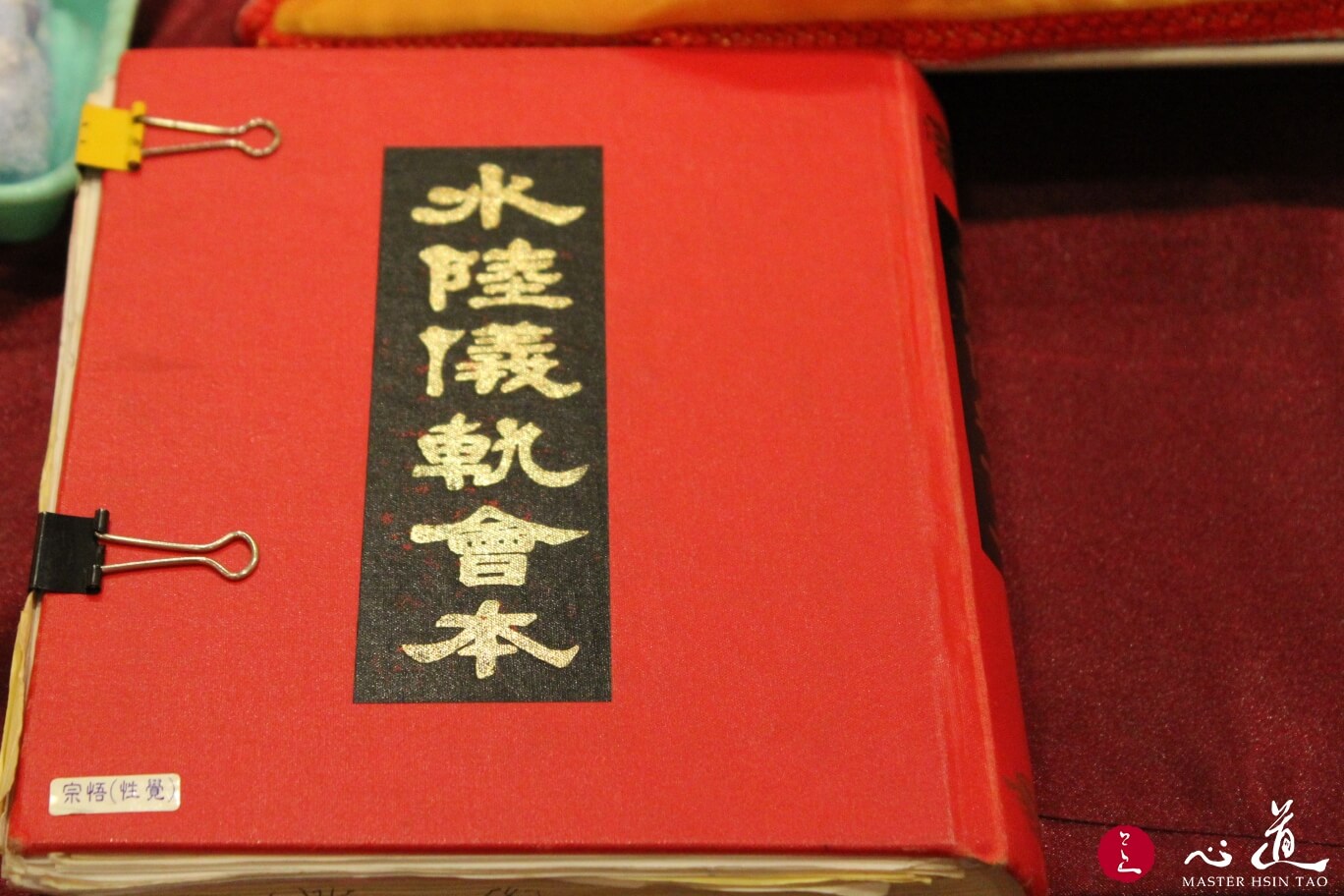 To truly benefit from the Water, Land, and Air Assembly, one must engage with right mindfulness. Without right mindfulness, the ritual becomes like a commercial exchange, lacking the sense of gratitude. Gratitude, in this context, is the redirection of our refuge toward the Three Jewels: the Buddha, the Dharma, and the Sangha. The Buddha is the power of awakening, which entails the wisdom of thorough understanding, and non-attachment toward every phenomenon one perceives. Without such awakening, one may even commit grave acts, such as killing one’s parents or family, without remorse. The Dharma represents the methods and practices that cultivate this awakening. For instance, within the Water, Land, and Air Dharma Assembly, the “Emperor Liang Shrine” and the “Inner Shrine” are established for contrition, enacted through ritual. The Sangha refers to the spiritual community, particularly the virtuous spiritual companions who guide us. In this context, the monastics who conduct the assembly help to lead and accompany us on the path of awakening, support us in its practice, and assist us in realizing Buddhahood. When we are afflicted by suffering and delusion, it is only through reliance on the Buddhadharma that we can overcome suffering, transcend the cycle of rebirth, and attain the omniscient wisdom of awakening.
To truly benefit from the Water, Land, and Air Assembly, one must engage with right mindfulness. Without right mindfulness, the ritual becomes like a commercial exchange, lacking the sense of gratitude. Gratitude, in this context, is the redirection of our refuge toward the Three Jewels: the Buddha, the Dharma, and the Sangha. The Buddha is the power of awakening, which entails the wisdom of thorough understanding, and non-attachment toward every phenomenon one perceives. Without such awakening, one may even commit grave acts, such as killing one’s parents or family, without remorse. The Dharma represents the methods and practices that cultivate this awakening. For instance, within the Water, Land, and Air Dharma Assembly, the “Emperor Liang Shrine” and the “Inner Shrine” are established for contrition, enacted through ritual. The Sangha refers to the spiritual community, particularly the virtuous spiritual companions who guide us. In this context, the monastics who conduct the assembly help to lead and accompany us on the path of awakening, support us in its practice, and assist us in realizing Buddhahood. When we are afflicted by suffering and delusion, it is only through reliance on the Buddhadharma that we can overcome suffering, transcend the cycle of rebirth, and attain the omniscient wisdom of awakening.


